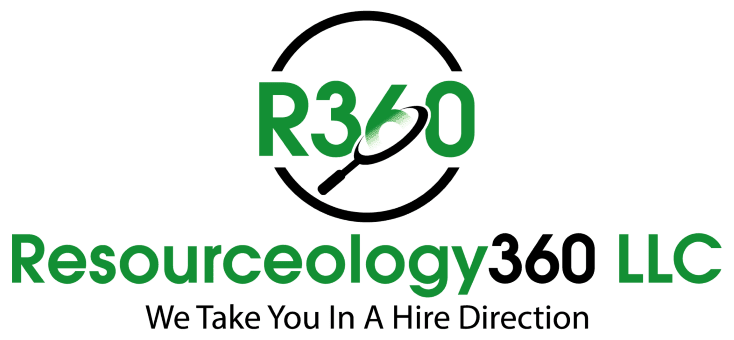Understanding the True Cost of Employee Turnover: What Small Businesses Need to Know

Posted September 17, 2024
Employee turnover is a significant challenge for businesses of all sizes, but for small businesses, the effects can be especially profound. While the immediate costs of replacing an employee are often obvious, the hidden costs can be just as damaging. Let’s dive into the true cost of employee turnover and explore ways to mitigate its impact.
1. Recruitment and Training: It Adds Up Fast
Example: Think about this: you own a small boutique, and one of your best customer service reps leaves. Now, you’ve got to advertise the position, maybe use a recruiter, and spend time interviewing. On average, hiring a new employee can cost you between $4,000 and $7,000. And that’s just to get someone in the door.
Then there’s training. It might cost you $1,500 or more just to get that new hire up to speed. And what happens if they don’t stick around? You’re stuck in a revolving door of hiring and training, and those costs can pile up quickly.
2. Lost Productivity: The Hidden Drain
Example: Let’s say you run a small tech startup, and your lead developer quits. It’s not just about finding a replacement. In the meantime, your team’s productivity tanks because they’re picking up the slack. Deadlines are missed, and projects get delayed. Studies show that the lost productivity alone could cost up to 200% of the departed employee’s salary. That’s a massive hit, especially for a small team trying to move fast.
3. Team Morale: The Ripple Effect
Example: In a tight-knit team, one person leaving can throw off the whole vibe. Imagine your top sales rep at a retail store quits. Suddenly, the rest of the team feels stressed, overworked, and a bit disheartened. Morale takes a nosedive, and it starts to affect everyone’s performance. That kind of ripple effect can hurt your business far more than you’d expect.
4. Client Relationships: The Unseen Impact
Example: Picture this—you run a small consulting firm, and one of your project managers leaves. That person has built solid relationships with key clients, and now, the new manager has to start from scratch. Clients might feel disconnected, and some might even walk away. Losing an employee can sometimes mean losing business, too.
5. Knowledge Walks Out the Door
Example: When a long-time employee leaves, they take their experience and know-how with them. If your marketing strategist moves on, you don’t just lose a team member—you lose years of insights and strategies that helped grow your brand. That kind of knowledge isn’t easy to replace, and it can set you back in more ways than one.
6. Recruiting Takes Time: Don’t Underestimate It
Example: Hiring takes time—lots of it. Between posting the job, sorting through resumes, conducting interviews, and onboarding, you’re looking at weeks, sometimes months. During that time, the position might be unfilled, or you’ve got a temp in there who isn’t quite cutting it. Either way, it’s a drag on your resources.
How to Keep Turnover from Hurting Your Business
- Focus on Employee Engagement: Make sure your employees feel valued and part of something bigger. Regular check-ins, recognition, and clear growth paths can go a long way toward keeping them happy.
- Onboard with Intention: A good onboarding process isn’t just about filling out paperwork. Help new hires feel like part of the team from day one, and you’ll keep them around longer.
- Offer What Matters: Sure, salary is important, but so are benefits, flexibility, and a healthy work-life balance. Small businesses can often stand out by offering a personal touch.
- Learn from Departures: Don’t just let people leave without finding out why. Exit interviews can give you the insights you need to prevent others from walking out the door.
- Invest in Career Development: Help your employees grow within the company. If they see a future with you, they’re much less likely to leave for something else.
Understanding and addressing the true cost of employee turnover is crucial for small businesses aiming to maintain stability and foster growth. By implementing strategies to reduce turnover and enhance employee satisfaction, businesses can minimize the negative impacts and build a more resilient workforce.
Lettice Mayfield
Senior HR Consultant
Resourceology360, LLC
Get in Touch
Partner with Resourceology360 for Customized HR Solutions
Looking to enhance your business with expert HR support? Reach out to Resourceology360. Tell us your needs, and we'll provide tailored strategies to boost your team's performance and achieve your goals. Let's grow your business together with smart HR solutions.
